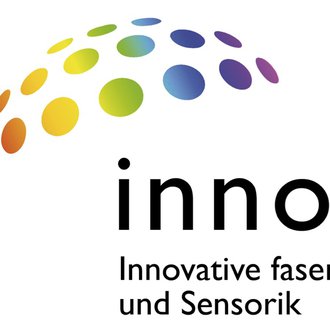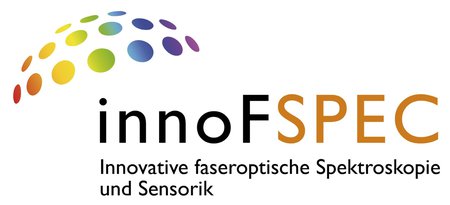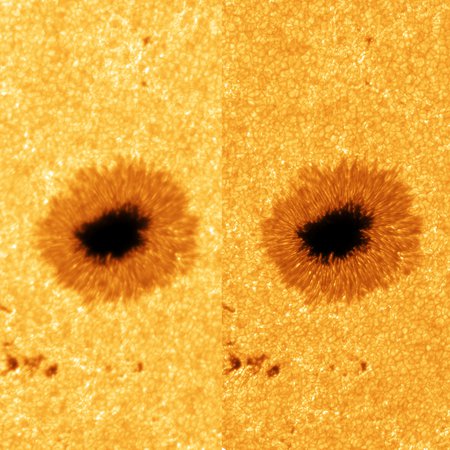Innovative optical filters enable new astronomical observations
In the current issue of "Nature Communications" from Dec 06, 2011 physical chemists at University Potsdam and astrophysicists at the Leibniz Institute for Astrophysics Potsdam (AIP) in collaboration with colleagues from Sydney / Australia describe their latest results obtained within the ASPIC consortium (Astrophotonics and Instrumentation Consortium): a complex multi-notch optical filter that allows for observations of faint stars and galaxies by suppression of bright infrared night sky.
A highly refined novel application of Fiber Bragg Gratings (FBG), which so far have been extensively used in physical and chemical sensing allows to overcome a long-standing fundamental problem in astronomy. The light from distant galaxies which has traveled for more than ten billion years since the beginning of the universe is shifted by the cosmological redshift to the infrared spectral region. However, as a result of excitation processes in the upper atmosphere the night sky in the infrared is just as bright as the twilight sky in the visible spectral range. The brightness of the night sky in the infrared, thus, prevents detection of faint stars and galaxies under normal conditions. The invention of the recently demonstrated highly complex optical fiber filter by the ASPIC researchers solves this problem. Disturbing emission lines of the night sky can be selectively filtered out by periodic structures imprinted along the optical fibers by using lasers.
Even the currently planned European Extremely Large Telescope (E-ELT) could benefit from the innovation of the ASPIC researchers, because the invention allows an optimal use of the E-ELT (https://elt.eso.org). Is also holds great promise for other exciting applications in the field of chemical sensing and technology development.
"Fiber Bragg gratings are currently widely used for temperature and pressure measurement, for example, for seismic surveys in earthquake and volcano monitoring,” says Professor Dr. Hans-Gerd Löhmannsröben from the Institute for Physical Chemistry of the University Potsdam who was involved in the research. "Functionalized with organic dyes, optical fibers are used for detection of molecular oxygen,” he explains. Miniaturized versions of such fibers can also be employed for studies in living biological tissues and even in unicellular organisms such as microalgae. In this way, important physiological information about, among others, photosynthesis and hormonal effects in organisms can be obtained. This ongoing research in physical chemistry has even led to the foundation of the spin-off company Colibri Photonics.
The collaboration of the researchers from Potsdam themed "From Molecules to Galaxies" is part of the Center for Innovation Competence innoFSPEC Potsdam.
Images
Big screen size [1000 x 456, 40 KB]
Original size [1638 x 747, 70 KB]




